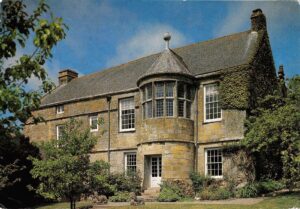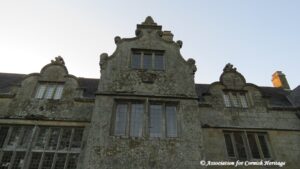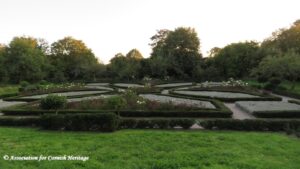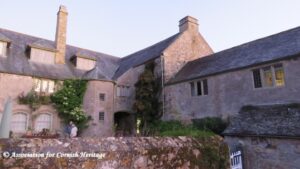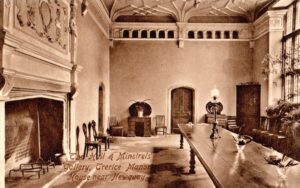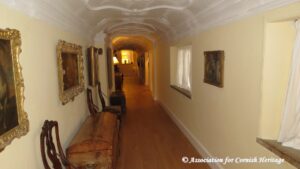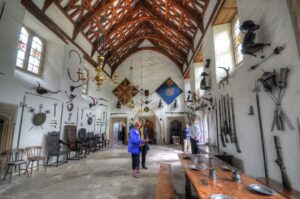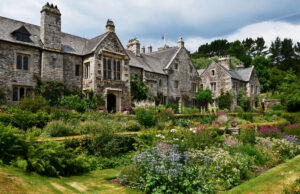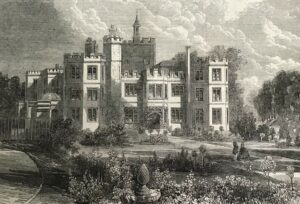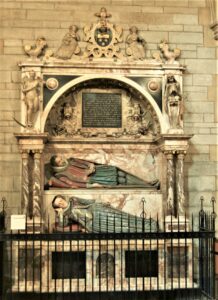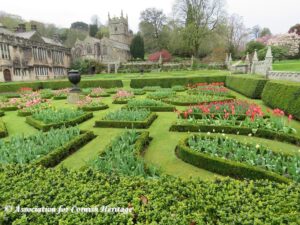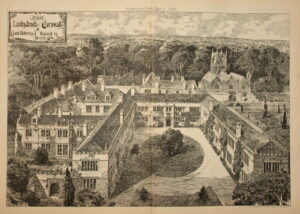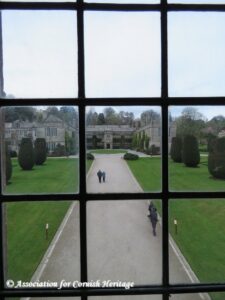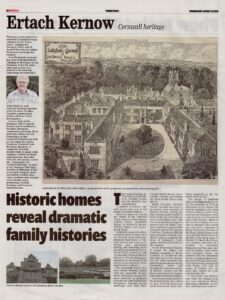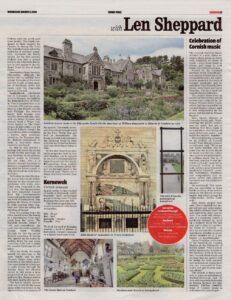Historic Cornish homes reveal dramatic family histories
Historic Cornish homes is the subject of this week’s heritage article where we look at three historic Cornish houses and the families that created them. A number of historic Cornish houses still exist in the hands of original families. However, many are now in the hands of the National Trust such as Cothele House, Antony House, Godolphin House, St Michaels Mount, Trerice Manor and Lanhydrock House. Originally owned or built by wealth created by their owners through, royal patronage, fortunate marriages or Cornish mining and mineral interests and mercantile trading. The following three are all in the hands of the National Trust, created in 1895 “to look after Places of Historic Interest or Natural Beauty permanently for the benefit of the nation across England, Wales and Northern Ireland.”
The Arundell family who once owned Trerice, linked with the Arundell’s of Lanherne, were once amongst the most powerful in England, coming over with William the Conqueror. Through careful marriages they built their Cornish wealth and by choosing the winning side during the Wars of the Roses hung onto it. Ralph Arundell obtained Trerice through marriage to an heiress, Jane daughter of Michael Trerise, during the 14th century and it would remain in the direct family for over two hundred years.
The Trerice Arundells’s managed to keep in with the Tudor monarchs and later supported the Royalists during the English Civil War. The heroic fifth Sir John Arundell although very elderly put up a spirited defence of Pendennis Castle against the Roundhead forces of Cromwell. At the Restoration Charles II raised Sir John’s son Richard Arundell to Baron Arundell of Trerice, the title died out in 1773. An earlier Sir John Arundell had built the present house during Elizabethan times and through the centuries a series of absentee owners saw the house maintained but happily little altered from the original. Trerice eventually passed to the Acland family who sold it in 1915, with the house and much diminished estate later being acquired by the National Trust in 1953.
The Manor of Cotehele came to the Edgcumbe family via the marriage of William Edgcumbe to an heiress Hilaria de Cotehele in 1353. Some of the building from that time survives, but alteration were made by their son Peter in the early 15th century. Much of the current building was created by Richard their grandson who was a supporter of Henry VII during the Wars of the Roses. Richard was a wily man and was instrumental in the fall of the hated agent of Richard III Henry Bodrygan, who Richard outwitted on a number of occasions. Richard’s son Piers also married an heiress, Joan Durnsford, bringing wealth and property into the Edgcumbe family including importantly the land at Mount Edgcumbe. Piers maintained relationship with Henry VIII and his legacy at Cothele was the great hall completed before 1520.
It was Pier’s son Richard who built the original property now known as Mount Edgcumbe. However no further additions were made to Cothele until the north-west tower in 1627. The family continued in their support for Charles II during the Civil War and afterwards following centuries of political astuteness increased the family wealth. By the 20th century Cothele was just a second home to the Edgcumbe family and in 1947 passed to the National Trust in lieu of death duties.
Descendants from the early Edgcumbe’s, although the names vary in spelling have spread throughout Cornwall and the world. A large number of buildings, parks and roads carry the Edgcumbe name in Cornwall.
Lanhydrock considered one of Cornwall’s most impressive houses was built by the Roberts family of Truro. In Truro Cathedral there is an elaborate 17th century monument to John Roberts and his wife Philippa. The Roberts family had become very wealthy merchants and John with his father Richard had already built a Truro residence known as “The Great House”. In 1620 John’s son Sir Richard Roberts bought the Lanhydrock estate containing a Barton, farm buildings, owned by the Trenance family. Roberts commenced to build a four-sided house around a courtyard. In 1625 he was granted a peerage but ended up paying £10,000 for the privilege. He was described as the greatest money lender in Cornwall. His son John, who it is thought changed the name to Robartes, completed the building after his father’s death in 1634 moving from their house in Truro. Following an older fashion, the house had simple embattlements for adornment and a gatehouse with walls. John sided with Cromwell in the Civil War, but later disenchanted he later separated himself from the Commonwealth cause and continued his building work at Lanhydrock. Supporting the return of Charles II, John received other honours and titles including the Earldom of Radnor.
Over the coming years the titles passed down the family in a meandering route separated from the estate. The Earldom became extinct in 1758 and coincidently the same year the estate passed to George Hunt wealthy through tin like his earlier Roberts ancestors. It was he who opened up the house by pulling down the east wing, removing walls and creating the wooded landscape we see today. After his death, the estate passed via marriage to the Agar family and in 1822 Thomas James Agar added Robartes to the family name. The Agar-Robartes continued to make money through the mining boom, but disaster struck in 1881 when a large proportion of the house was gutted by fire. Thomas and his wife died shortly afterwards. The family wealth allowed their son to rebuild the house along with restoration to the adjacent church in memory of his parents. The family gradually diminished through death in WWI and lack of descendants. The house and park were passed to the National Trust in 1953 with the last Robartes descendent who lived there dying in 1969.
So it is that these three wonderful properties, built by Cornish families can be enjoyed by not just Cornish people but those from all over the world.
